Maintaining correct tire inflation pressure is very important since it helps optimize tire performance and fuel economy while over-inflated tires are just as problematic as under-inflated ones.
In fact, driving with under-inflated tires is one of the biggest causes of tire failure, according to the National Highway Traffic Safety Administration.
Besides, under-inflated tires can cause many other problems such as wearing out more rapidly, handling poorly and reducing fuel efficiency.
In addition, over-inflated tires are more susceptible to damage from road irregularities, and this also creates a bumpier ride.
Overfilling your tires is just as dangerous as under-filling them, so it’s important you know what is recommended for your vehicle.
This article will give you everything that you need know about your recommended tire pressure. These include:
Buy Pressure Gauge at Amazon
Recommended tire pressure, where to find it?Since tire pressure is so important to your safety and your car’s overall performance, it is important to know which level of tire pressure is right for your vehicle.
In fact, how much air pressure your tires need depends on several factors, including the type of vehicle, the type of tire and the intended use of the vehicle etc.
Air pressure in tires is measured in pounds per square inch or PSI. You can find your tire pressure both inside your car and on the sidewall of the tire.
How to find recommended tire pressure inside your carYou could find the manufacturer’s optimum or recommended tire pressure for your car on a sticker in the door jam, or in your owner’s manual. Some car models even place the stickers on the trunk lid, in the console or on the fuel door. For best results, look for a placard on the inside of the driver’s door, like the example in the photo below.
How to find maximum tire pressure on the sidewall of your tiresSomewhere on the sidewall of your tire, just below the big, bold letters of the manufacturer, for example, you might have noticed the words ‘Max.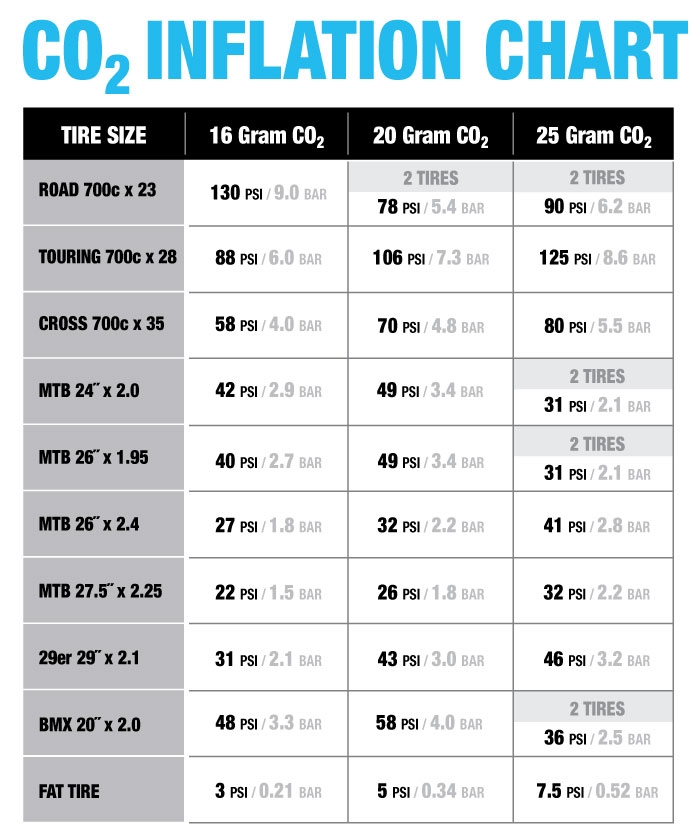 Press. 35 PSI.’ (pounds per square inch).
Press. 35 PSI.’ (pounds per square inch).
That number tells you the maximum cold pressure needed for your tire to carry its maximum load.
Most typical tires require about 32 to 35 pounds per square inch (PSI) of air, says Rod Tate, owner of highly rated Colony One Auto Center in Stafford, Texas.
Large trucks require much larger tires with PSIs of 50 to 60. Heavy-duty vehicles can go even higher. For example, tire in the picture below requires 41 pounds per square inch of air.
However, the tire’s maximum pressure is NOT necessarily the most suitable pressure for every vehicle upon which the tire can be used (almost all vehicle manufacturers’ recommended tire inflation pressures are less than the tires’ maximum pressure).
You really should follow the recommended pressure printed somewhere inside your car or in the manual rather than the maximum pressure. In the next section, I will explain why.
Buy Pressure Gauge at Amazon
Why is maximum tire pressure not the best?If you insist on inflating your tires to the max PSI, there will be more likely that two things below will happen
Since tires inflated to the max cannot give as much on the sidewall, you might see superior cornering, but it could be at the risk of your braking threshold. One quick corner and your back end could slide out.
One quick corner and your back end could slide out.
When your tires are inflated too much, the rubber rounds out at the top of the tire when you are driving, and the center will quickly wear out. You will also reduce your traction and you could even cause a blowout.
Therefore, maximum pressure is not the best, rather, recommended pressure is. I need to repeat here that the pressure listed on the sidewall is a maximum pressure only, but not a recommended pressure. Instead, you should use the air pressure recommended in the vehicle’s owner’s manual or tire information placard label.
How to check your tires pressure?Therefore, maximum pressure is not the best, rather, recommended pressure is. I need to repeat here that the pressure listed on the sidewall is a maximum pressure only, but not a recommended pressure.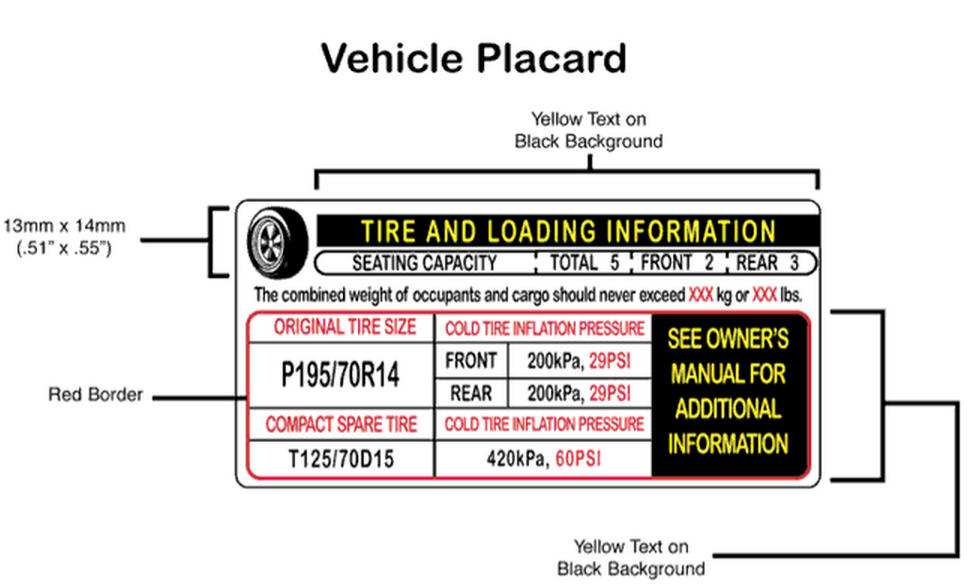 Instead, you should use the air pressure recommended in the vehicle’s owner’s manual or tire information placard label.
Instead, you should use the air pressure recommended in the vehicle’s owner’s manual or tire information placard label.
After knowing the most appropriate pressure for your car tires, you should check whether your tires have such pressure. In addition, checking the pressure of your tires regularly is one of the most important – and most often overlooked – regular maintenance that you should do to ensure your safety and quality of your driving. Monitoring the amount of air in your tires will let you know if you have a small leak and can help you avoid an unexpected flat tire.
Frequently checking your PSI becomes even more important in the fall and winter, when outside temperatures drop and weather conditions fluctuate causing your tires to lose air more quickly. Generally speaking, your tire will gain or lose one PSI for every 10-degree change in temperature, which means if you have a sudden drop of 30 degrees, you could lose three PSI overnight. If your tires were already low, this could cause tire damage, steering problems or even a flat tire.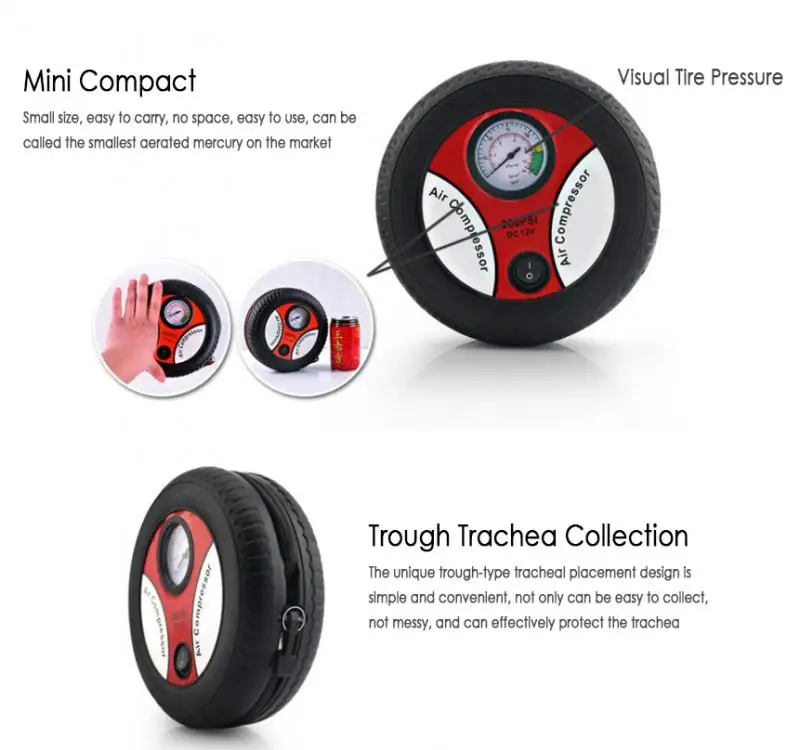
Some experts recommend that you should check the air pressure every time you refuel; others say once a month is sufficient.
How to check tire pressure properly? Checking tire pressure is easy. You can do it right at home or at the gas station. Just be sure you check the pressure when your tires are cold, or have not been driven in several hours. This will give you the most accurate reading.
The most important piece of equipment you need is an accurate tire pressure gauge. You can find battery-operated digital gauges, or more traditional stick-type gauge found at most gas stations. A good gauge should not set you back more than $15 – a worthwhile investment for a longer life for your tires.
Buy Pressure Gauge at Amazon
Make sure you have your manufacturer’s PSI handy when you are checking your tire pressure, and then follow these steps:
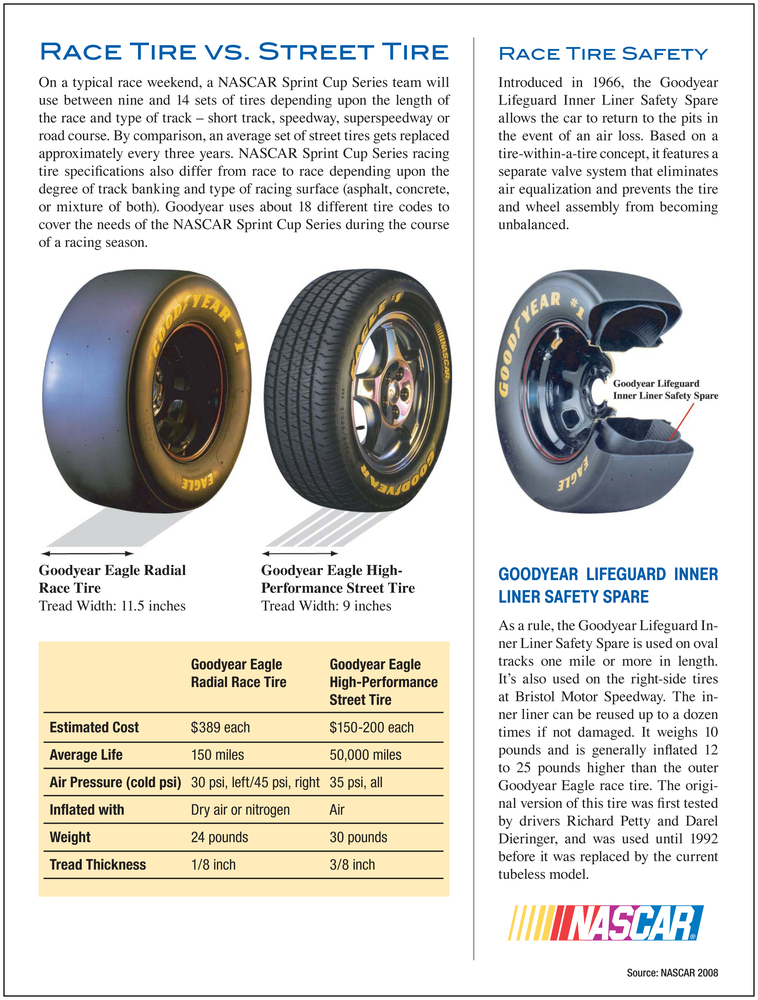
By checking tire pressure once a month, you will get a good idea how they are performing. If your tires are fairly new and continue to leak air, you should consult your dealer or mechanic. You may have a faulty valve or other damage that is difficult to detect which could unfortunately result in the need to replace the tires completely. But with proactive maintenance, you could catch an issue before it becomes a problem, and just end up needing a small repair.
But with proactive maintenance, you could catch an issue before it becomes a problem, and just end up needing a small repair.
Often, it is hard to spot an under-inflated tire until it is too late – in other words, it is completely flat. Of course, you could carry a gauge around at all times to measure the pressure, but that is not exactly convenient. Instead, watch for these signs and symptoms of tires that are under-inflated.
When your tires are under-inflated, your ride can be less smooth than usual. You may even find that it takes longer to brake.
When a tire is not inflated properly, it wears down more quickly. If you notice that one or all of your tires are wearing out faster than usual, it may be because they are under-inflated.
Tires that are under-inflated can make your vehicle quiver and shake, which is not a pleasant driving experience.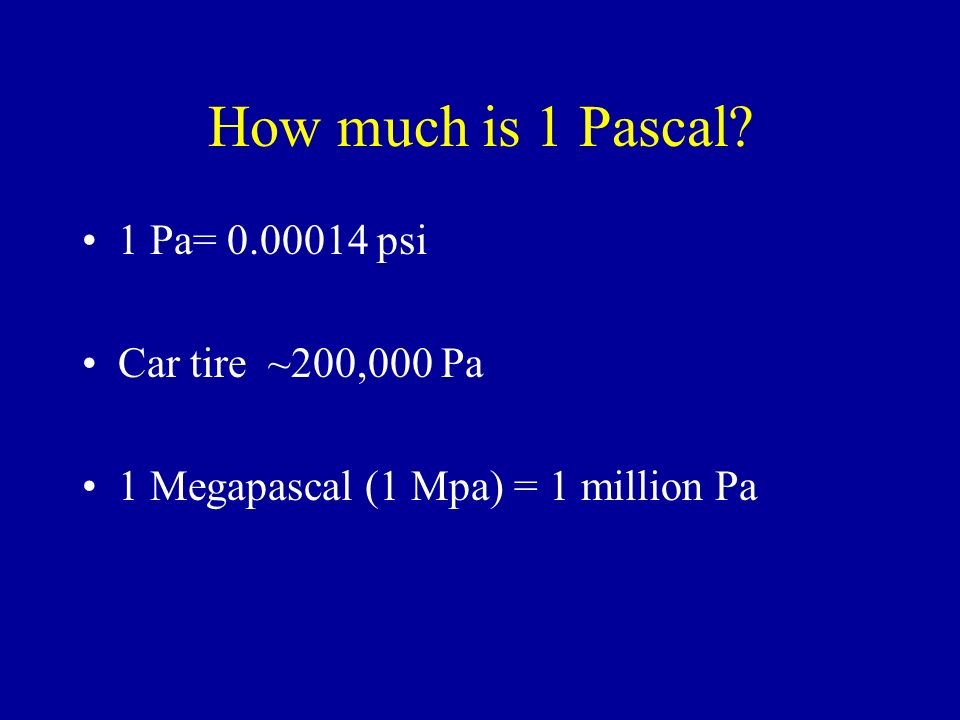 Under-inflation can even cause tires to become misaligned, with comes with it is own variety of problems.
Under-inflation can even cause tires to become misaligned, with comes with it is own variety of problems.
These are all things that you need to know about recommended pressures of your car tires. After reading this article, you will never confuse about the right pressure of your tires and will know how to check it.
Please share your ideas with me if you have other tips for this.
From a safety and cost standpoint, tire maintenance is one of the most important things you can do for your car. The easiest way to care for your tires is both quick and inexpensive: maintain the correct tire pressure.
The recommended pressure for tires varies by the type of car and tire. Because maintaining your tires is so crucial to your safety and your car’s overall performance, it’s important to know what tire pressure is correct for your vehicle.
To learn what your tire pressure should be, look for your manufacturer’s recommendation, which is printed on a label inside your car. Depending on the vehicle, this label may be on the edge of the vehicle’s door, on the doorpost or in the glove box. The label will usually give recommendations for the front and rear tires as well as the spare, and it’s important that you stick to those guidelines. Even after you’ve replaced your tires, the same pressure guidelines on your car’s label apply to new tires of the same size.
Depending on the vehicle, this label may be on the edge of the vehicle’s door, on the doorpost or in the glove box. The label will usually give recommendations for the front and rear tires as well as the spare, and it’s important that you stick to those guidelines. Even after you’ve replaced your tires, the same pressure guidelines on your car’s label apply to new tires of the same size.
Pressure recommendations are based on readings taken from a tire pressure gauge. Check the pressure first thing in the morning or wait at least three hours after driving; this provides sufficient time for them to cool back down.1
Driving on underinflated tires is one of the biggest causes of tire failure, according to the National Highway Traffic Safety Administration. And not having enough air in your tires can lead to other problems. Under-inflated tires wear out more rapidly, handle poorly and reduce fuel efficiency. On the other hand, overinflated tires are more susceptible to damage from road irregularities, and they also result in a bumpier ride. Overfilling your tires is just as dangerous as underfilling them, so it’s important you know what is recommended for your vehicle.
On the other hand, overinflated tires are more susceptible to damage from road irregularities, and they also result in a bumpier ride. Overfilling your tires is just as dangerous as underfilling them, so it’s important you know what is recommended for your vehicle.
Knowing how to check tire pressure is critical to your safety and to keeping your tires in good working order.
When it comes to choosing a gauge, you typically have 3 options:
Put the pressure gauge into the valve stem, making sure the gauge is evenly and firmly pressed onto the stem.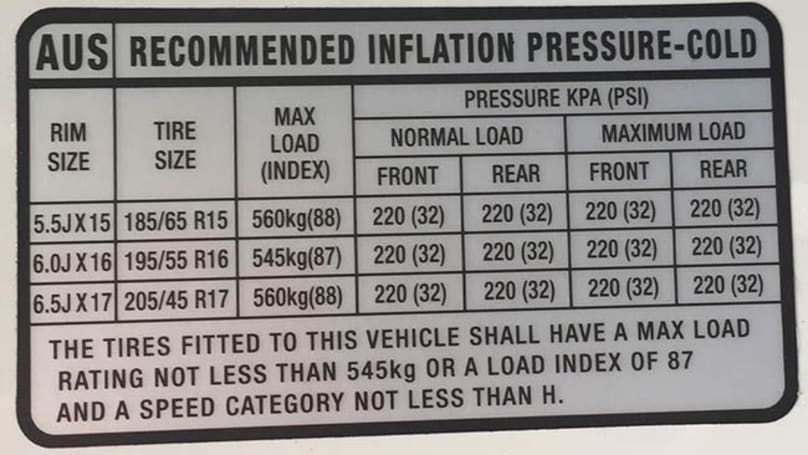 If you’re using a pen-style gauge, read the number on the rod that pops out of the sleeve. Read dial pressure gauges as you would a watch with one hand. With a digital pressure gauge, simply read the number on the screen. 2
If you’re using a pen-style gauge, read the number on the rod that pops out of the sleeve. Read dial pressure gauges as you would a watch with one hand. With a digital pressure gauge, simply read the number on the screen. 2
Find your tires’ recommended PSI in the owner’s manual or on a sticker just inside the driver’s side door. The proper PSI is crucial to your safety and the car’s longevity. Underinflated tires can overheat and wear unevenly; overinflated tires can blow out.1
Temperature has a direct effect on your air tires’ air pressure, so for an accurate PSI reading, make sure to check tire pressure when tires are cold. If it’s cold outside, then you can assume your tires are losing PSI and you should check even more frequently. This will help to ensure maximum safety. Take your car to a mechanic you trust for a professional assessment.3
If you happen to find yourself without a tire gauge and your car doesn’t have an indicator for low tire pressure, there are several things you can do to figure out whether your tires need to be inflated.
Of course, knowing your recommended PSI isn’t enough. You have to ensure you’re checking your tires regularly. Experts recommend you check air pressure once a month.5 Your car’s tire pressure monitoring system TPMS measures the amount of air in your tires to let you know whether your tires are properly inflated. 1
1
Frequently checking your PSI becomes even more important in the fall and winter, when outside temperatures drop and weather conditions fluctuate causing your tires to lose air more quickly. Generally, your tire will gain or lose 1 PSI for every 10-degree change in temperature, which means if you have a sudden drop of 30 degrees, you could lose 3 PSI overnight. If your tires were already low, this could cause tire damage, steering problems or even a flat tire.3
Knowing and maintaining the right air pressure is important to the safety and longevity of your tires. All it takes is a tire pressure gauge and a few minutes of your time.
Once you have the right tire pressure, make sure you also have the right coverage. Learn more about how Nationwide auto insurance can help protect you and save you money.
Sources:
1 https://www.pirelli.com/tires/en-us/car/driving-and-tire-tips/how-to-read/recommended-tire-pressure, Accessed April 2022.
2 https://www.consumerreports.org/cro/tire-pressure-gauges/buying-guide/index.htm#:~:text=There%20are%20three%20types%20of,of%205%20to%2099%20psi., Accessed April 2022.
3 https://www.firestonecompleteautocare.com/blog/tires/should-i-inflate-tires-cold-weather/, Accessed April 2022.
4 https://rxmechanic.com/how-to-check-tire-pressure-without-gauge/, Accessed February 2022.
For example, on road bikes it is usually between 6 and 9 bar. It is also important to consider the distribution of weights. The pressure on the front wheel is always 0.5 bar less than on the rear.
On pumps with a pressure gauge, the guides are usually indicated in PSI (pounds per square inch) and in bar. Both are units of pressure, the former being more used in Anglo-Saxon countries and the latter internationally. nine0003
What does the abbreviation PSI stand for? The PSI value corresponds to its name in English Pound-force per Square Inch, which in Spanish translates as pounds per square inch.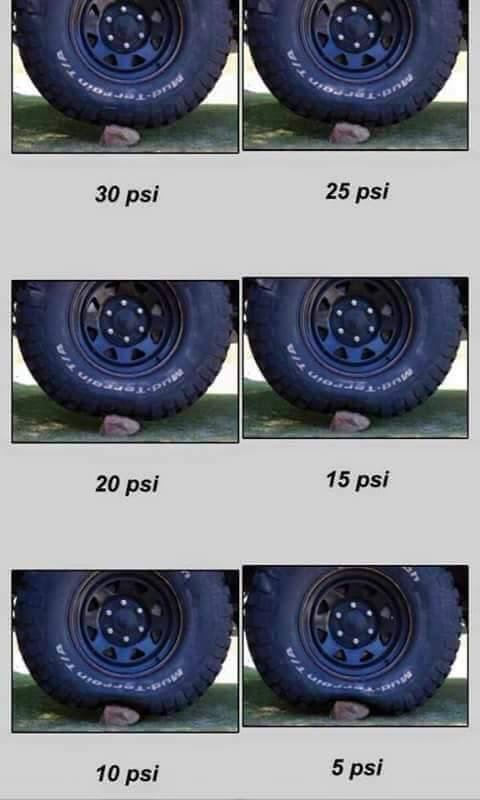 It is the most widely used unit of tire pressure, especially in English-speaking territories.
It is the most widely used unit of tire pressure, especially in English-speaking territories.
At Michelin, for example, if we look at the most common 29x2.25 tube tires, the pressure they take is 1.8 to 4 bar (29 to 58 psi), while Continental to the same extent and similar tires are 3.5 to 4.5 bar (50 to 65 psi). nine0003
If we don't have a pressure gauge to get the exact pressure, we can check by pressing on the sides of the tire with our hands or by applying body weight to make sure the tire doesn't deform much. Measurements are usually made in bar, kg, PSI, kPa (kilopascals)... 1 bar is equal to almost 1 kg, 14.504 PSI and 100 kPa.
Most tires should be around 2.1 to 2.4 atmospheres, but always check your car's paperwork to be sure.
PSI (pounds per square inch) is a unit of pressure that is equal to 1 psi. nine0003
Note: 35 psi is the air pressure assigned to "maximum load" tires with "standard" load, and 41 psi. inch for tires with "extra load".
The usual setting we use is 28 or 30 psi (psi of pressure). On one side of the tire, you will also find the maximum allowable pressure. Some are rated for a maximum pressure of 32 psi, others 44 psi, and still others even 50 psi. nine0003
On one side of the tire, you will also find the maximum allowable pressure. Some are rated for a maximum pressure of 32 psi, others 44 psi, and still others even 50 psi. nine0003
The PSI value in pressure refers to pounds per square inch (pounds per square inch, as it is abbreviated in English). It is one of the most commonly used units of pressure, although not the only one: other units are used, such as the bar, which is equivalent to 14.5 pounds.
All vehicles have a tire pressure label. It is also most commonly found on a label on the driver's door and may appear on the gas cap or in the vehicle's owner's manual. This is the correct way to test it for accuracy. nine0003
PSI, or pounds per square inch, measures the amount of pressure applied over an area of one square inch.
AT 65 psi COLD" indicates the maximum tire load range and the corresponding maximum cold pressure.
Tires 27.5+ (2.8 and up): 12 to 27 psi - 0.8 to 1.8 bar. Tires on wide rims (25 mm internal or more): 1. 5 to 4.5 psi - 0.1 to 0.3 bar less than conventional rims. nine0003
5 to 4.5 psi - 0.1 to 0.3 bar less than conventional rims. nine0003
An overinflated tire brings its own problems. Firstly, the contact area with the floor is smaller, which is not recommended. It is also more prone to damage if it hits a pothole or hits a rock. The rim itself becomes stiffer and grip decreases.
If air comes out, it is because you have not positioned it correctly and you are allowing air to come out. Check the level of your tire: if it is under pressure, you will need to put "+" on the gauge and "-" if it is over-inflated. nine0003
Typically, tire pressure loss is estimated at one bar per month. To avoid risks, it is advisable to always check it before every outing. Use the pump pressure gauge to check.
It also specifies a maximum air pressure of 300 kPa (44 psi).
1 bar = 14.5037738 psi abs. (= lbf/in² = lbf/in²) 1 bar = 29.53 inHg. 1 bar = 100,000 Pa = 1×10 5 Pa = 1000 hPa = 100 kPa = 100 kN/m² = 1.01972 kgf/cm²
On rim size P 185/60 R 14, the MAXIMUM pressure is marked on the side wall.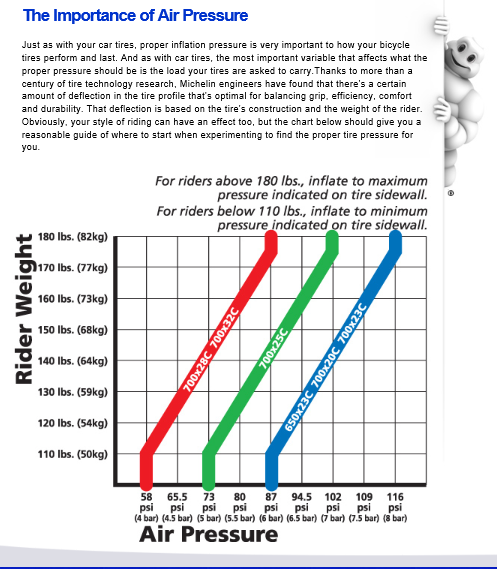 350 kPa (51 PSI), where 350 kPa refers to a unit called kilopascals. PSI in English (pounds per square inch) pounds per square inch. Shows 51 pounds of pressure.
350 kPa (51 PSI), where 350 kPa refers to a unit called kilopascals. PSI in English (pounds per square inch) pounds per square inch. Shows 51 pounds of pressure.
Typically 30 psi for small cars, 36 psi for midsize cars, and 42 psi for large cars.”
Regular wheels usually have a recommended pressure of 30-35 psi, while most aftermarkets recommend around 60 psi.
La libra de fuerza por pulgada cuadrada (pound-force / inch² or pound f /in², abbreviated psi, from the English “lbs-force per Square inch”) is a unit of pressure related to the Anglo-Saxon system of units.
PSI stands for pounds per square inch and refers to the weight that concrete can safely support. For most construction work, including driveways and sidewalks, 4,000 psi should be used. nine0003
The most commonly used unit for tire pressure is PSI (pounds per square inch). As a general rule, light passenger vehicles typically have a recommended pressure of 28 to 30 psi. In Spain, pressure is measured in bars.
This abbreviation stands for pound-force per square inch, abbreviated as psi for pound-force per square inch, which is the Imperial or Anglo-Saxon unit of pressure. It can also be expressed as psi when referring to gauge pressure, or as psi when referring to absolute pressure. nine0003
Pound per square inch is a commonly used unit of pressure in the United States. The abbreviation stands for pound-force per square inch, which translates to "one pound of pressure per square inch".
Tire inflation can be caused by overheating, excessive driving with a damaged or deformed tire, or insufficient tire pressure. It may also be due to carrying an overly loaded vehicle, which increases the recommended pressure for each tire. nine0003
Low profile tires also provide better “touch to the car”, the driver has better control of the car and can better predict its behavior. Also, the wobble is much less noticeable.
At Michelin, for example, if we look at the most common 29x2. 25 tube tires, the pressure they take is 1.8 to 4 bar (29 to 58 psi), while Continental to the same extent and similar tires are 3.5 to 4.5 bar (50 to 65 psi). nine0003
25 tube tires, the pressure they take is 1.8 to 4 bar (29 to 58 psi), while Continental to the same extent and similar tires are 3.5 to 4.5 bar (50 to 65 psi). nine0003
“Recommended cold tire pressures can be found in the vehicle owner's manual and on the tire label. It's typically 30 psi for a small car, 36 psi for a medium car, and 42 psi for a large car."
Do not go below 2.2 bar - and do not exceed 2.5 bar - for the "medium" front tire (120/70-17) Do not go below 2.4 bar - and do not exceed 3 bar - for the "medium" rear tire (180/55- 17). XNUMX)
Due to recent gasoline explosions, we are not able to waste even one drop of hydrocarbon, so you should consider that experts in this field agree that: up to 13, from 26 to 14, from 28 to 15, from 30 to 16 and from 35 to …
Generally, for large motorcycles, we can apply about 2.4 or 2.5 kg/cm2 in the front and 2.8 or 2.9 kg/cm2 in the rear.
Place the pressure gauge head on the valve and pressurize, you will hear a small whistle that will push the gauge bar (this will depend on the gauge you are using) showing how many pounds of pressure (PSI) your car tires have.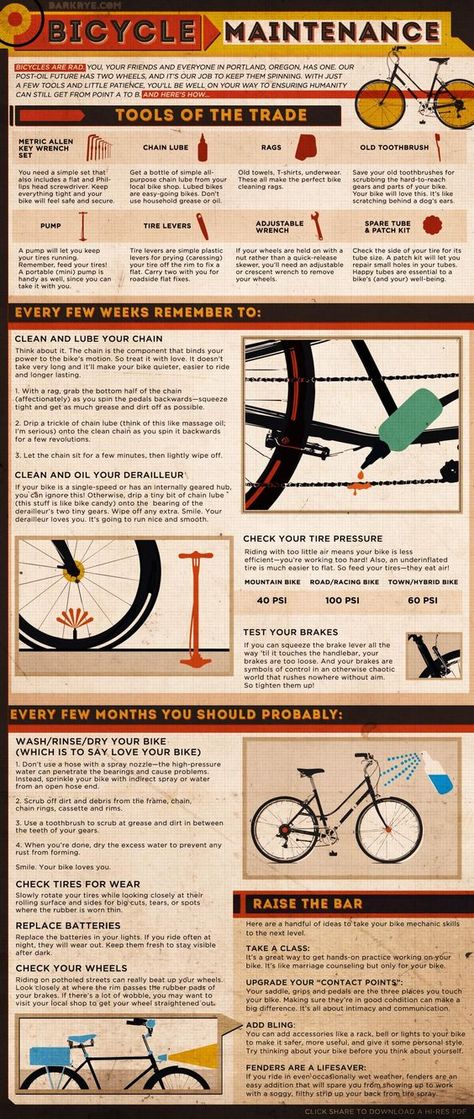 nine0003
nine0003
The PSI value in pressure refers to pounds per square inch (pounds per square inch, as it is abbreviated in English). It is one of the most commonly used units of pressure, although not the only one: other units are used, such as the bar, which is equivalent to 14.5 pounds.
On the other hand, if the tires allow more air to pass than the manufacturer recommends, the sidewalls will not be supported, the wheel will wear unevenly (resulting in reduced tire life), and the tire will have less grip, requiring more stopping space. and also …
And adds that the correct pressure is: Front tire: 28 psi (psi) Rear tire: 30 psi (psi)
It's typically 30 psi for small cars, 36 psi for midsize cars, and 42 psi for large cars."
“Recommended cold tire pressures can be found in the vehicle owner's manual and on the tire label. Typically, it's 30 psi for a small car, 36 psi for a medium car, and 42 psi for a large car." nine0003
In the example below, the vehicle manufacturer recommends 35 psi. inch for a standard load 225/45R17 91W tire, this pressure is increased by 1.5 psi. the car reaches a top speed of 6.2 mph (10 km/h)...
inch for a standard load 225/45R17 91W tire, this pressure is increased by 1.5 psi. the car reaches a top speed of 6.2 mph (10 km/h)...
The usual setting we use is 28 or 30 psi (psi of pressure). On one side of the tire, you will also find the maximum allowable pressure. Some are rated for a maximum pressure of 32 psi, others 44 psi, and still others even 50 psi. nine0003
Measurements will always be in PSI or BAR, in Mexico the PSI measurement is more commonly used. It is recommended to check the pressure at least once a month. But always remember to do this when the tire is cold or if you haven't driven more than a kilometer.
-Maximum load is expressed in pounds. (lbs) and in kg (kilograms), as well as the maximum internal pressure in pounds per square inch (psi).
In the example below, the manufacturer's recommended pressure is 2.4 bar for a 215/50R17 tire 91W can be increased by 0.10 bar each time the speed is increased by 10 km/h.
As you know, pressure is a force applied to a unit area.